Northamptonshire: Why this county of spires and squires is more than just a backdrop to the M1
There’s much more to Northamptonshire – including the great houses of Althorp, Boughton and Easton Neston – than meets the eye of drivers on the M1, discovers Rupert Uloth.
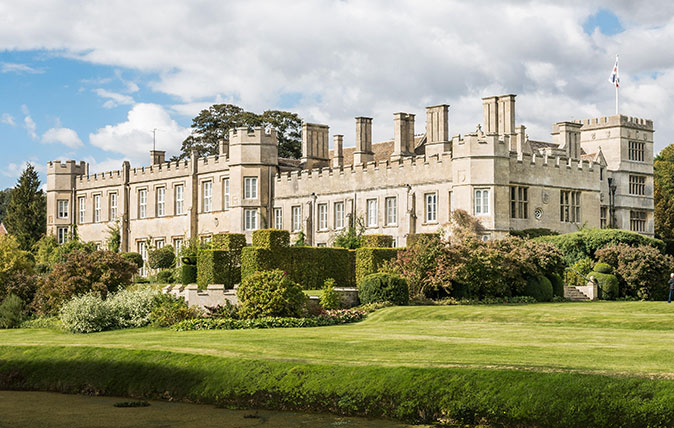

It’s so easy to miss Northamptonshire, but what a pity that would be. It sounds like it must be touching cousins with Scotland, but sits much further south, right in the middle of England, an easy train ride from London Euston. The M1 roars through, bisected by the rushing A14, millions of drivers’ eyes every year fixed on the white lines.
Those who do stray off even just a few miles into its hinterland must wonder how they’ve previously ignored this county’s wonders and treasures.
Shaped like an athletic warthog jumping from a high wall, its rear trotters tucked underneath, the county slews across at 45˚, heading in the direction of far-off Cornwall, pursued by the Wash. It kisses Lincolnshire in the north (England’s shortest county boundary at 62ft) and is surrounded by seven other neighbours: Cambridgeshire, Bedfordshire, Buckinghamshire, Oxfordshire, Warwickshire, Leicestershire and Rutland.
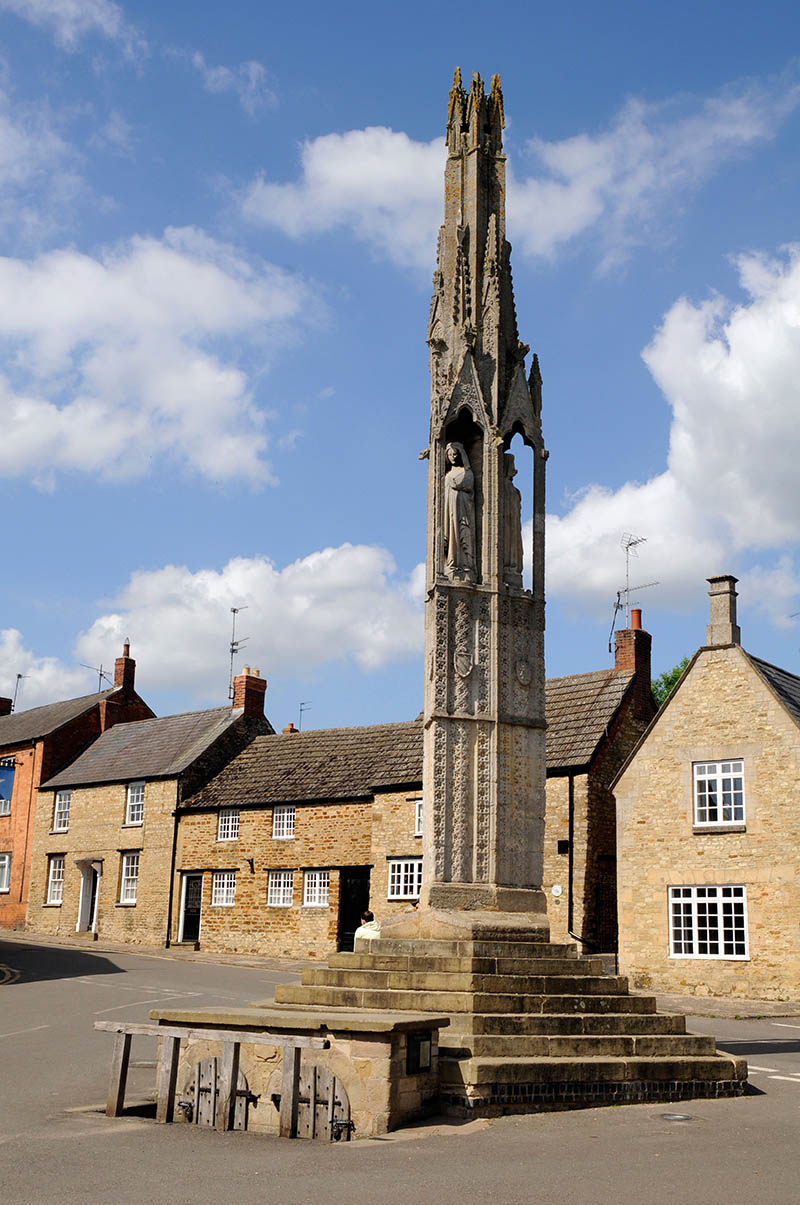
Driving across its rural heartland, I feel bound on a gentle boat cruise, being raised and lowered by a great green swell, the higher points revealing ancient churches and magnificent country houses (not for nothing is it known as the county of ‘spires and squires’). In the swooping troughs, I focus on the wide verges – a throwback to when cattle and sheep passed along the drove roads – and the hedgerows punctuated by mature, native trees.
This pastoral idyll is more arable than grassland now, but still enhanced every few miles by villages that look as if the cottages, some thatched, have been constructed from blocks of flaky orange fudge.
There is an independent and determined spirit drenched into the local stone, Collyweston stone tiles and lime mortar. Only three great houses are owned by the National Trust, yet there are more historic houses here than in any other county, owned by families and individuals who are resolute and innovative certainly, but not necessarily all ancient.
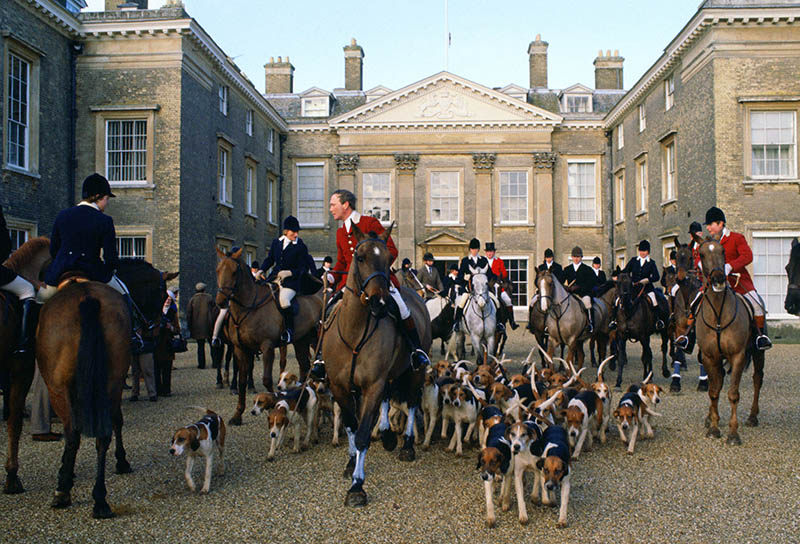
Yes, the Spencers have been at Althorp for more than 500 years. The late Diana, Princess of Wales is buried there; for those old enough, who can forget that aerial view of the journey to her final resting place? Her brother, the present and 9th Earl, is rightly proud of his heritage. His knowledge and passion were obvious when he showed me some of his favourite things, such as the Bible given to the Duke of Marlborough by William III. It’s had every family member’s birth recorded inside since the 1700s.
Sign up for the Country Life Newsletter
Exquisite houses, the beauty of Nature, and how to get the most from your life, straight to your inbox.
A successful author in his own right and with an ancestor, the 2nd Earl, who amassed one of Europe’s largest libraries of first editions, it is appropriate that Charles Spencer is hosting his 14th annual book festival there at the beginning of October, bringing authors such as Clare Balding, Ben Macintyre and Evan Davies.
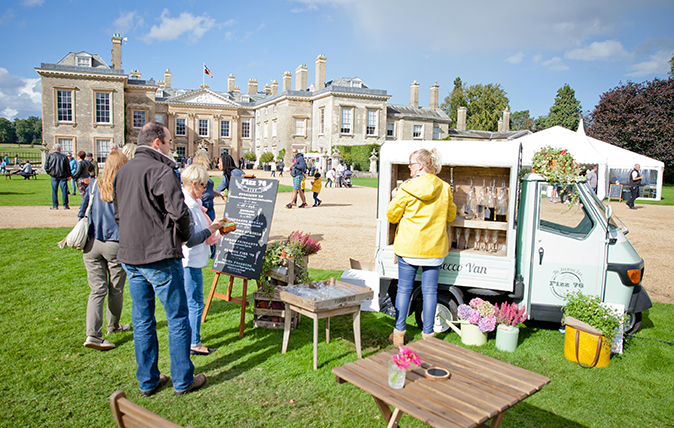
The Brudenells have been at Deene Park (pictured at the top of the page) for more than half a millennium and perhaps no one in English history encapsulates the sense of duty, derring-do and glamorous futility better than the 7th Earl of Cardigan, who led the 600 into the valley of death in the Charge of the Light Brigade at Balaclava. ‘Theirs not to reason why, theirs but to do and die,’ as Tennyson had it.
Robert Brudenell and his wife, Charlotte, take very much the same attitude today, plunging into the task of maintaining and restoring house, gardens and park with gusto, whatever metaphorical cannon may be to the left and right of them. Built over six centuries, aspects of this glorious house I particularly like are the welcoming courtyard, the impressive oak steps of the Elizabethan staircase and the four cannonballs from the Crimean War. I also was entranced by the present owners’ enthusiasm and pride.
There are other, newer owners who are also making their mark and reflecting a sense of purpose that has gripped the shire. Leon Max, an anglophile Russian-American fashion designer and retailer, has brought one of the best examples of English Baroque back to life. He only bought magnificent Easton Neston, near Towcester, 12 years ago, but the house has been restored with great sensitivity and panache. Mr Max has thrown himself into the local community and has been justly awarded an honorary degree by Northampton University.
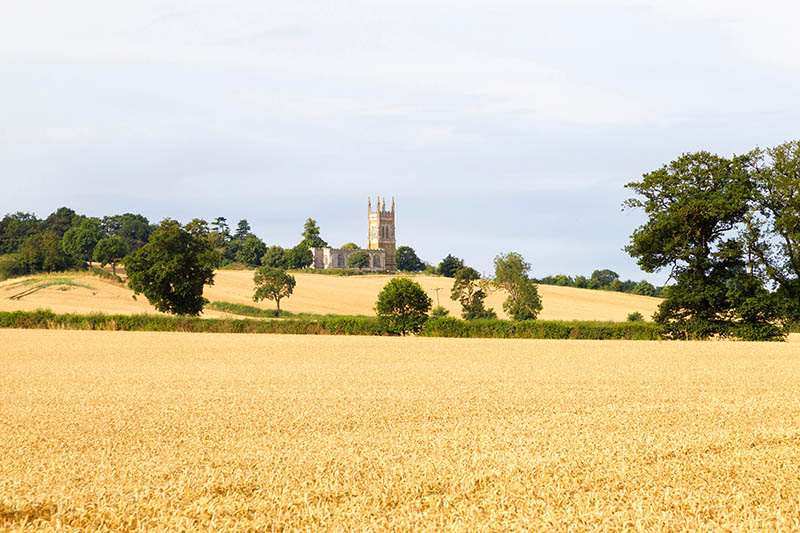
Apethorpe is another extraordinary house about to be woken from a great slumber. It has recently received the suffix ‘Palace’, a rare moniker for one that has been hidden from the public eye. A favourite hunting lodge of James I, it has lain unloved in recent decades and been owned variously by the Catholic Church, a football magnate and a Libyan businessman. Saved by English Heritage, who compulsorily purchased it in 2004, it has now been bought by anglophile French businessman Professor Baron von Pfetten, the only westerner to hold a Chinese government position.
With Elizabethan, Jacobean and Classical elements built around three courtyards, it has survived the whims of fashion over the centuries, but, with no plumbing or electricity, will require determination and patience to bring it back to life.
A keen huntsman, Baron Pfetten keeps a pack of hounds at his château in Burgundy and he’s determined to make Apethorpe a family home (also open to the public for 50 days of the year). It is awe-inspiring to wander round the 80,000sq ft or so of empty rooms and galleries. His Italian wife, Nadia, showed me where they intend to create an international hunting museum, which seems a wholly appropriate plan: the relief above the fireplace in the King’s Bedchamber shows hounds with a stag at bay in a river.
James I would be pleased that hunting is still an integral part of county life. Cottesbrooke Hall houses arguably the finest collection of sporting art in Europe, including paintings by Munnings and Stubbs. It was the place that I joined the Pytchley for its last meet before the hunting ban came into place. The double line of supporters mounted and on foot formed an emotional guard of honour for the then retiring huntsman, Peter Jones. He would not have guessed that well-known packs, such as the Grafton, Oakley, Fitzwilliam and Bicester with Whaddon Chase, would still be flourishing 12 years later. Maidwell Hall prep school still hosts a meet.
Another school, Oundle, centred on its charming market town, would delight its founder, William Laxton, with its pre-eminence as a seat of learning more than 450 years later. It now has a female head and its new SciTec centre rivals the very best for 21st-century education, although, when I visited, a competition to build the largest catapult proved that medieval inclinations have not entirely disappeared.
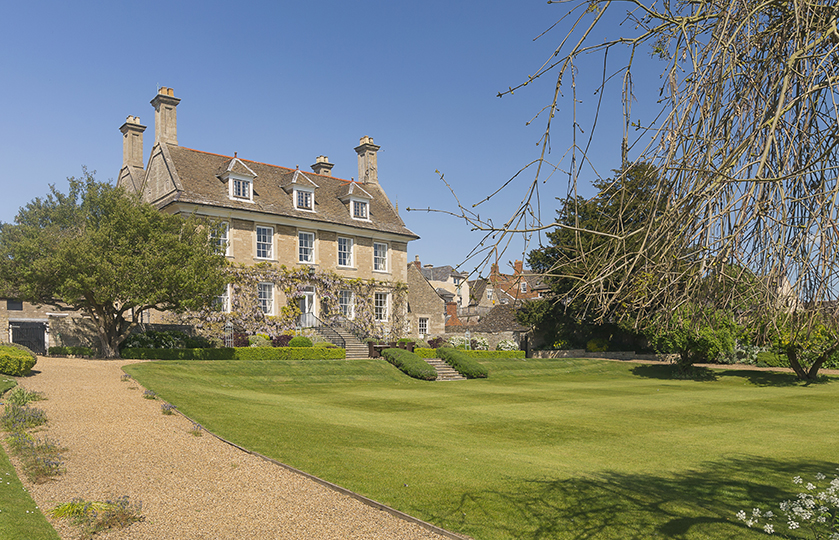
As well as other beguiling, small-scale market towns such as Towcester and Brackley to please the casual tourist, more gritty conurbations, such as Kettering and Daventry, are picking themselves up. Corby, once an industrial steel town, which was heavily populated by workers from Glasgow in the 1930s, suffered terribly when the work ran out. You can still hear the Scottish accents, but now it’s enjoying a boom and near full employment with small-scale businesses.
The county capital Northampton is also rising to the occasion and, soon, the university will be returning to the centre of town. The Royal & Derngate is an inspired architectural fusion that brings together the traditional town theatre with a flexible concert space. ‘I love the way audiences for a classical concert and a Jimmy Carr show “collide” under one roof,’ explains chief executive Martin Sutherland as we tour the place where Errol Flynn learnt his craft.
Actor Tim Pigott-Smith sadly died suddenly in the spring on the way to rehearsals for a planned run of Death of a Salesman, but a full programme includes Edward Fox as Betjeman and The Tiger Who Came to Tea. The Royal Philharmonic has one of its regional residencies in the town.

There will be a new leathercraft centre soon, the leather museum is being renovated and the county council is relocating its entire staff to a new central building.
Out in the sticks, there is charm everywhere you look. The sow and piglets in the east window of St Leonard’s church in Glapthorne hark back to a time when it was known as Pig Village and every household possessed a snuffling porcine. The small but perfectly formed church at Plumpton is owned and run as a sacred building by a group of local enthusiasts. The blue plaque at Kettering Station informs you that H. E. Bates enjoyed a romance in the first-class lounge there.
Indeed, literature is well represented in the county. Poet John Clare spent much of his life in a mental institution in Northampton and his laments for the changes in rural life must have been inspired by his time in the county. The Sitwell family at Weston Hall are more recent but one descendant, MasterChef critic and food writer William Sitwell, is keeping the shrine to Edith and Sacheverell (‘Sachie’ lived there until his death in 1988) alive by running supper clubs and opening the 17th-century house up to guests. He showed me the sofa given by Noël Coward as an apology to Edith and the window at which Sachie sat to write, as well as the rooms where he entertained Cecil Beaton, Evelyn Waugh and Patrick Leigh Fermor.
Anyone driving through Northamptonshire on the M1 in the coming months may see a new addition to the collection of great houses, this time made of straw bales. It will be yet another surprise from this county of surprises and a reminder that there is so much more to it than a motorway.

Credit: Alamy
Oundle: Britain's most perfectly-preserved Georgian market town?
Matthew Rice pays homage to Oundle, a beautifully-preserved market town that is one of the jewels of Northamptonshire.
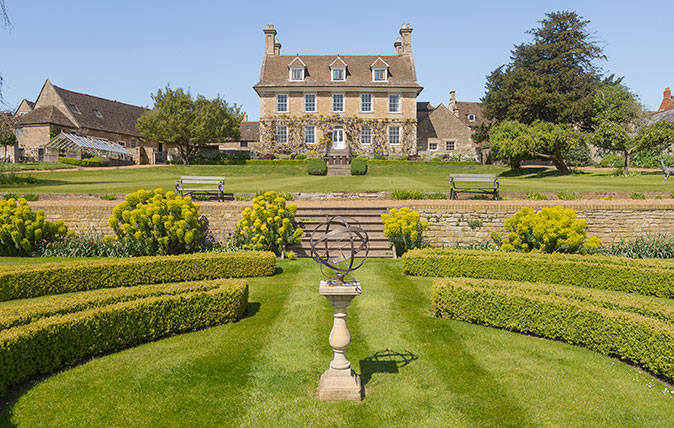
Cobthorne: A home that stands out for its grace, even in the beautiful town of Oundle
This striking town house in Oundle serves as home to the headmaster of the town's famous school.
-
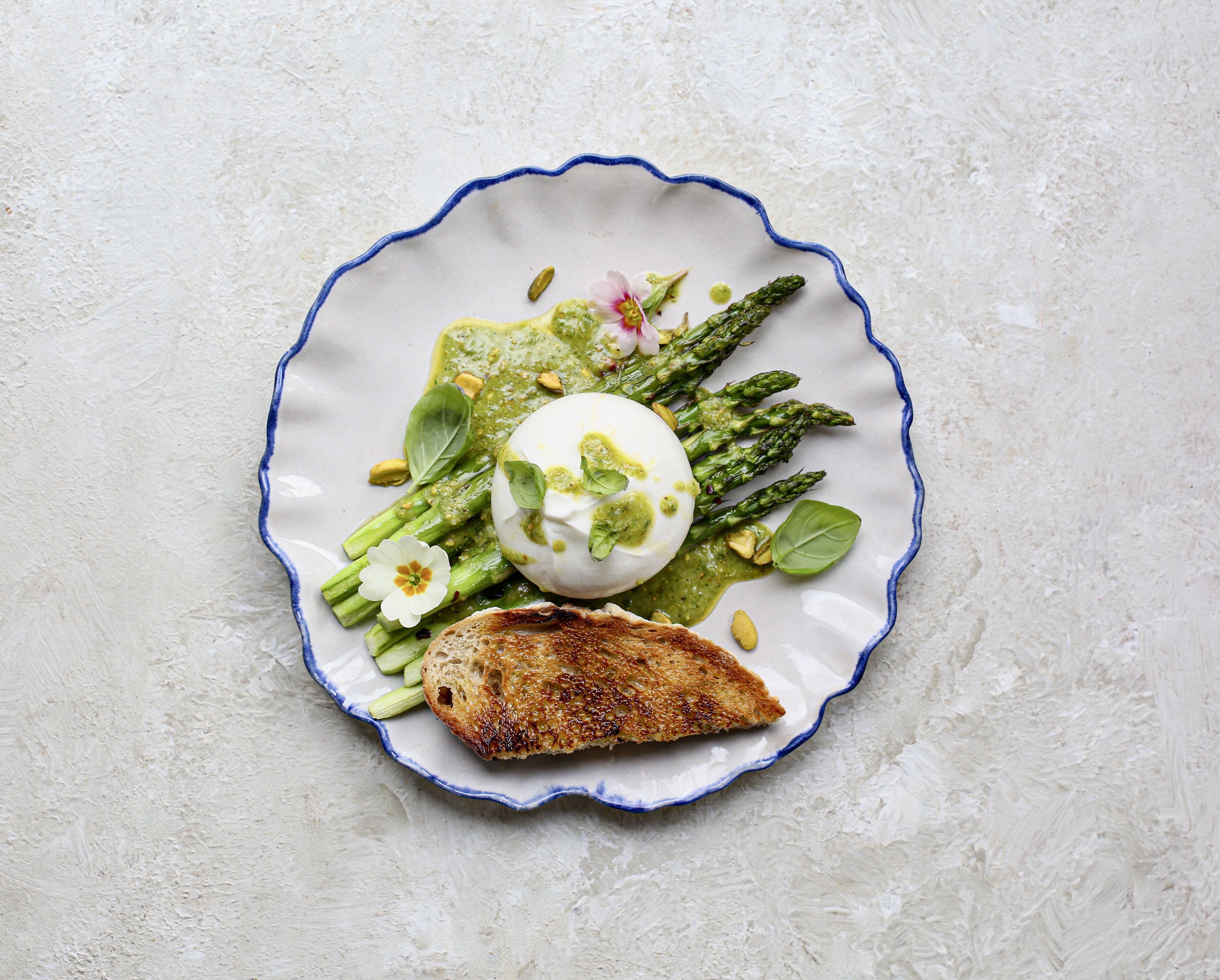 Two quick and easy seasonal asparagus recipes to try this Easter Weekend
Two quick and easy seasonal asparagus recipes to try this Easter WeekendAsparagus has royal roots — it was once a favourite of Madame de Pompadour.
By Melanie Johnson Published
-
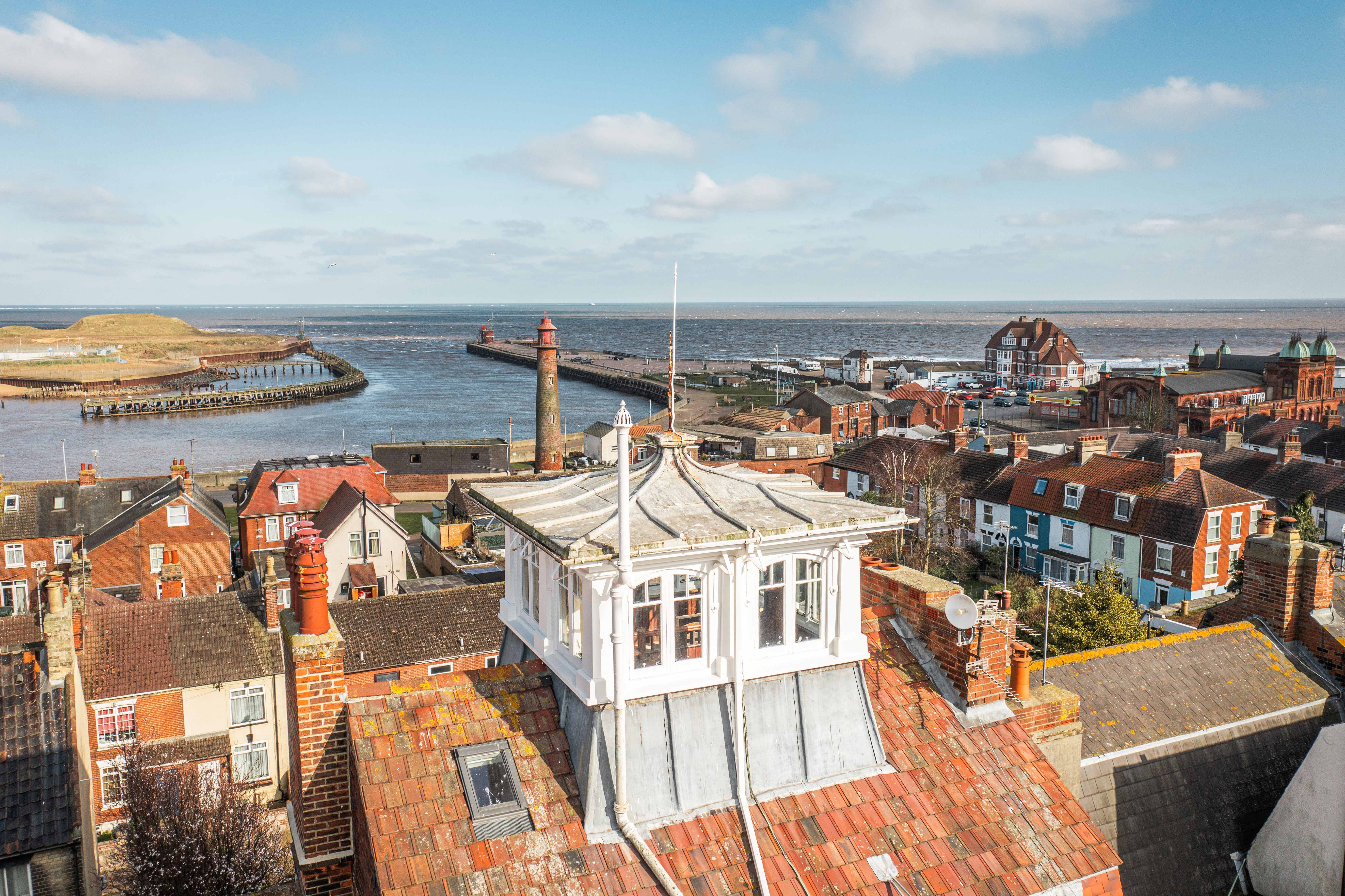 Sip tea and laugh at your neighbours in this seaside Norfolk home with a watchtower
Sip tea and laugh at your neighbours in this seaside Norfolk home with a watchtowerOn Cliff Hill in Gorleston, one home is taller than all the others. It could be yours.
By James Fisher Published
-
 Sip tea and laugh at your neighbours in this seaside Norfolk home with a watchtower
Sip tea and laugh at your neighbours in this seaside Norfolk home with a watchtowerOn Cliff Hill in Gorleston, one home is taller than all the others. It could be yours.
By James Fisher Published
-
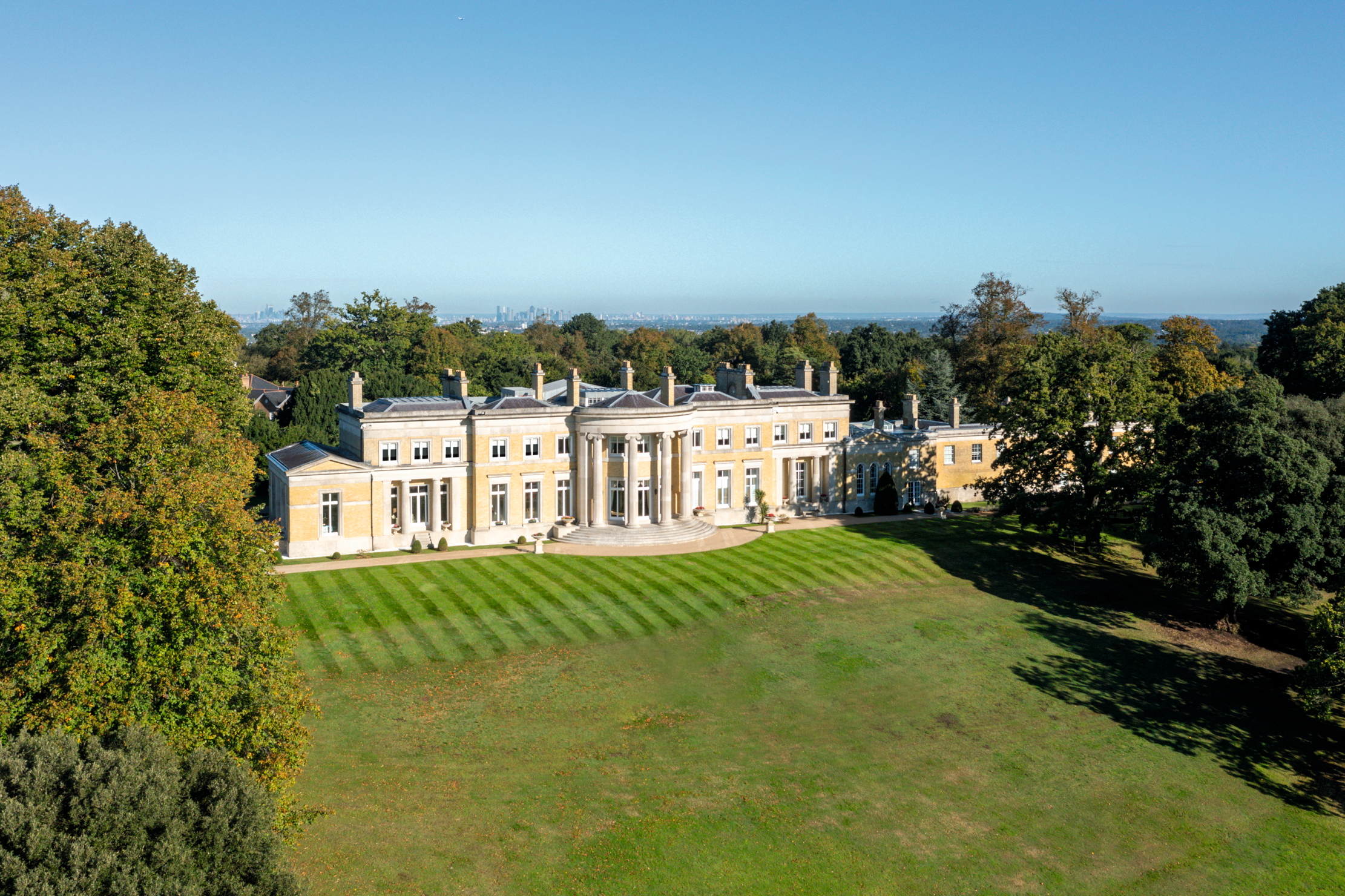 A Grecian masterpiece that might be one of the nation's finest homes comes up for sale in Kent
A Grecian masterpiece that might be one of the nation's finest homes comes up for sale in KentGrade I-listed Holwood House sits in 40 acres of private parkland just 15 miles from central London. It is spectacular.
By Penny Churchill Published
-
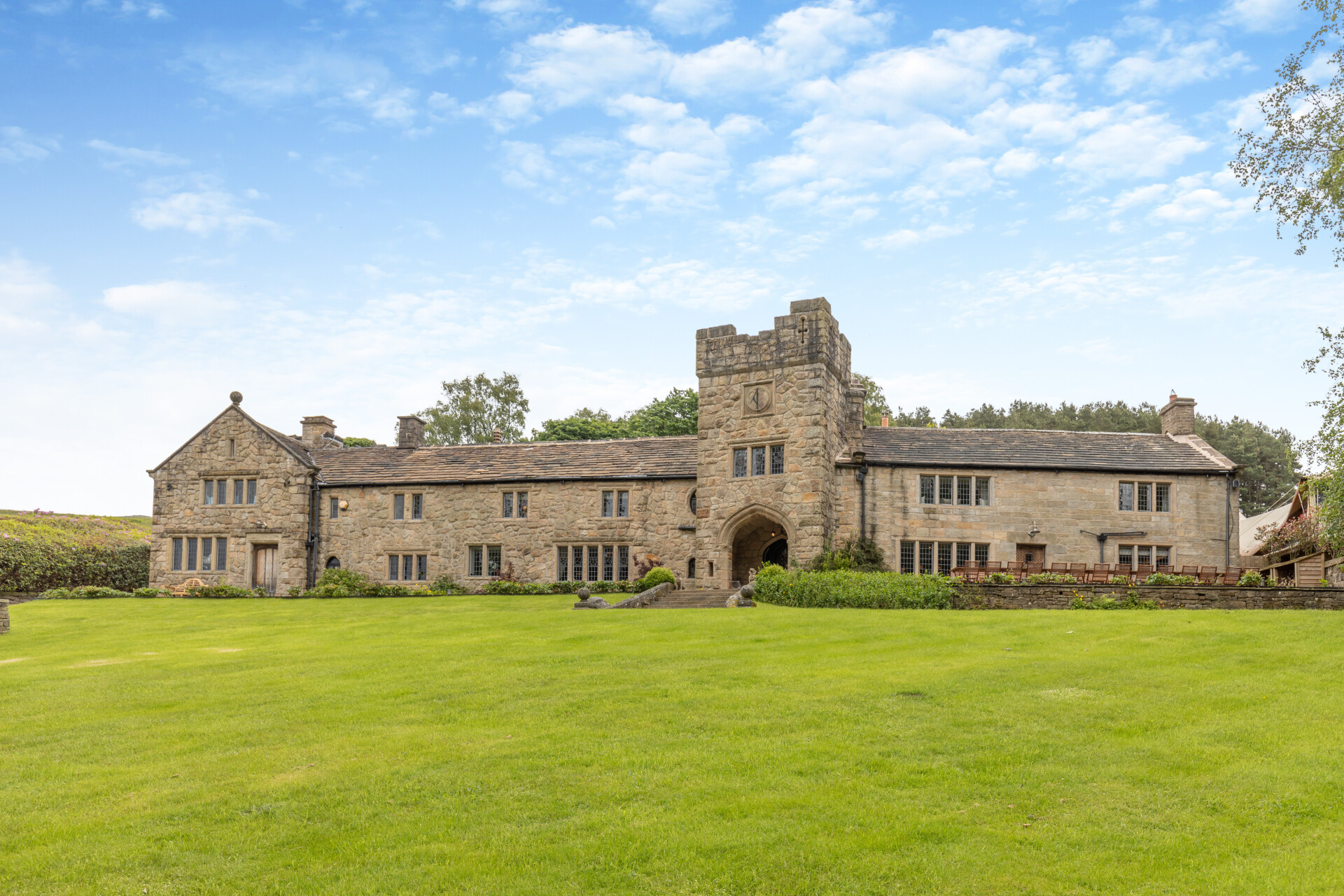 Some of the finest landscapes in the North of England with a 12-bedroom home attached
Some of the finest landscapes in the North of England with a 12-bedroom home attachedUpper House in Derbyshire shows why the Kinder landscape was worth fighting for.
By James Fisher Published
-
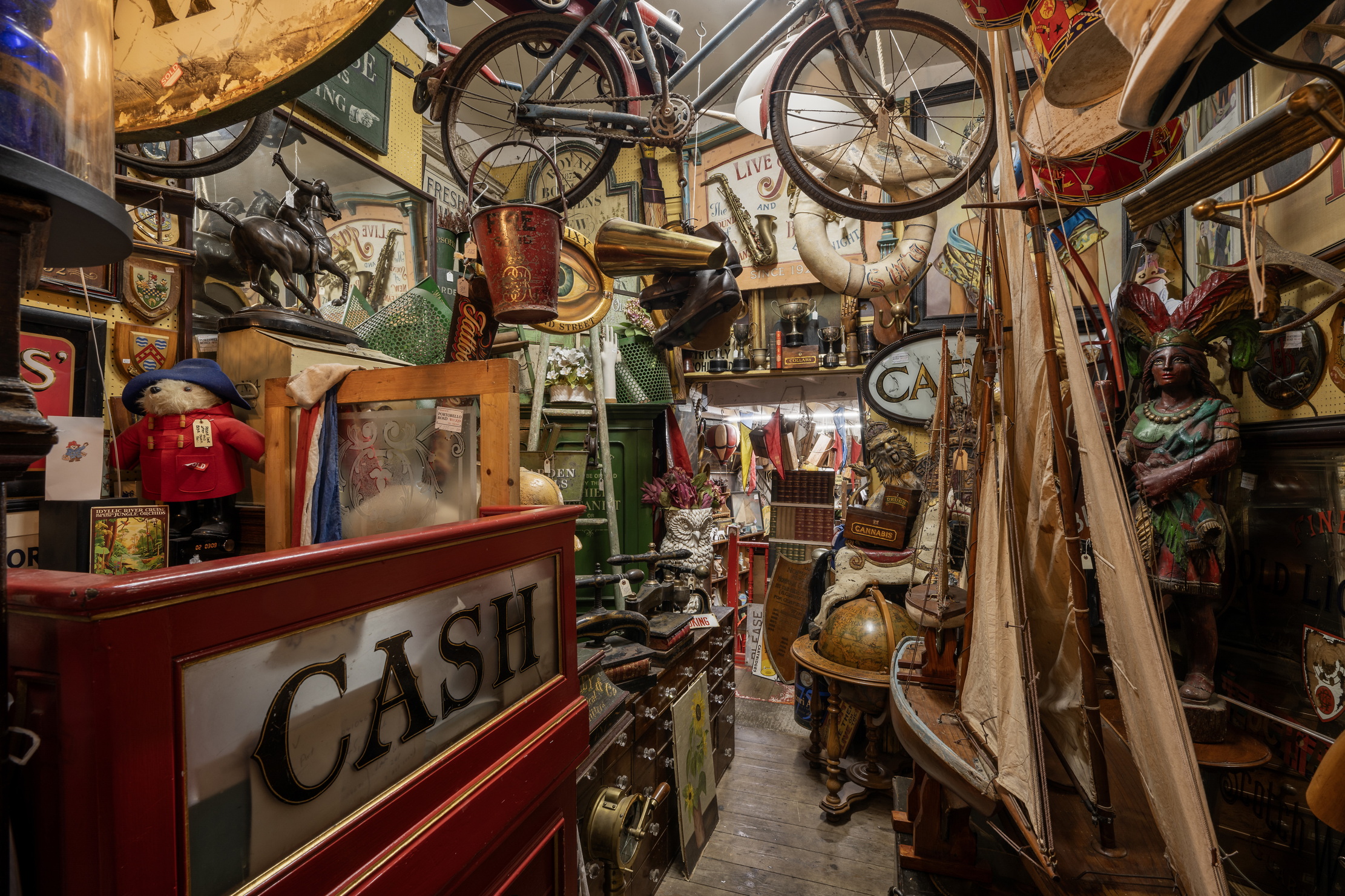 Could Gruber's Antiques from Paddington 2 be your new Notting Hill home?
Could Gruber's Antiques from Paddington 2 be your new Notting Hill home?It was the home of Mr Gruber and his antiques in the film, but in the real world, Alice's Antiques could be yours.
By James Fisher Published
-
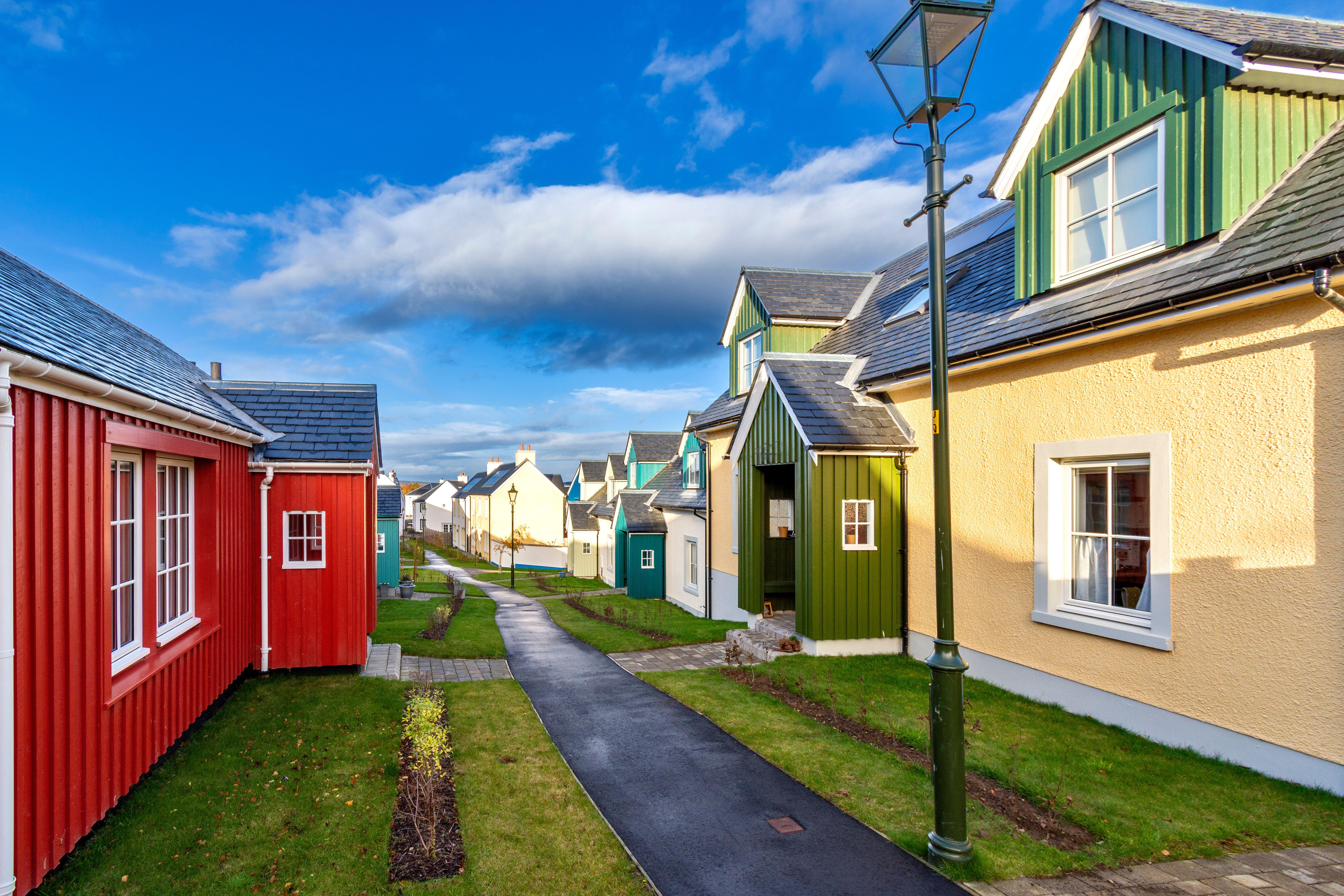 What should 1.5 million new homes look like?
What should 1.5 million new homes look like?The King's recent visit to Nansledan with the Prime Minister gives us a clue as to Labour's plans, but what are the benefits of traditional architecture? And can they solve a housing crisis?
By Lucy Denton Published
-
 Welcome to the modern party barn, where disco balls are 'non-negotiable'
Welcome to the modern party barn, where disco balls are 'non-negotiable'A party barn is the ultimate good-time utopia, devoid of the toil of a home gym or the practicalities of a home office. Modern efforts are a world away from the draughty, hay-bales-and-a-hi-fi set-up of yesteryear.
By Madeleine Silver Published
-
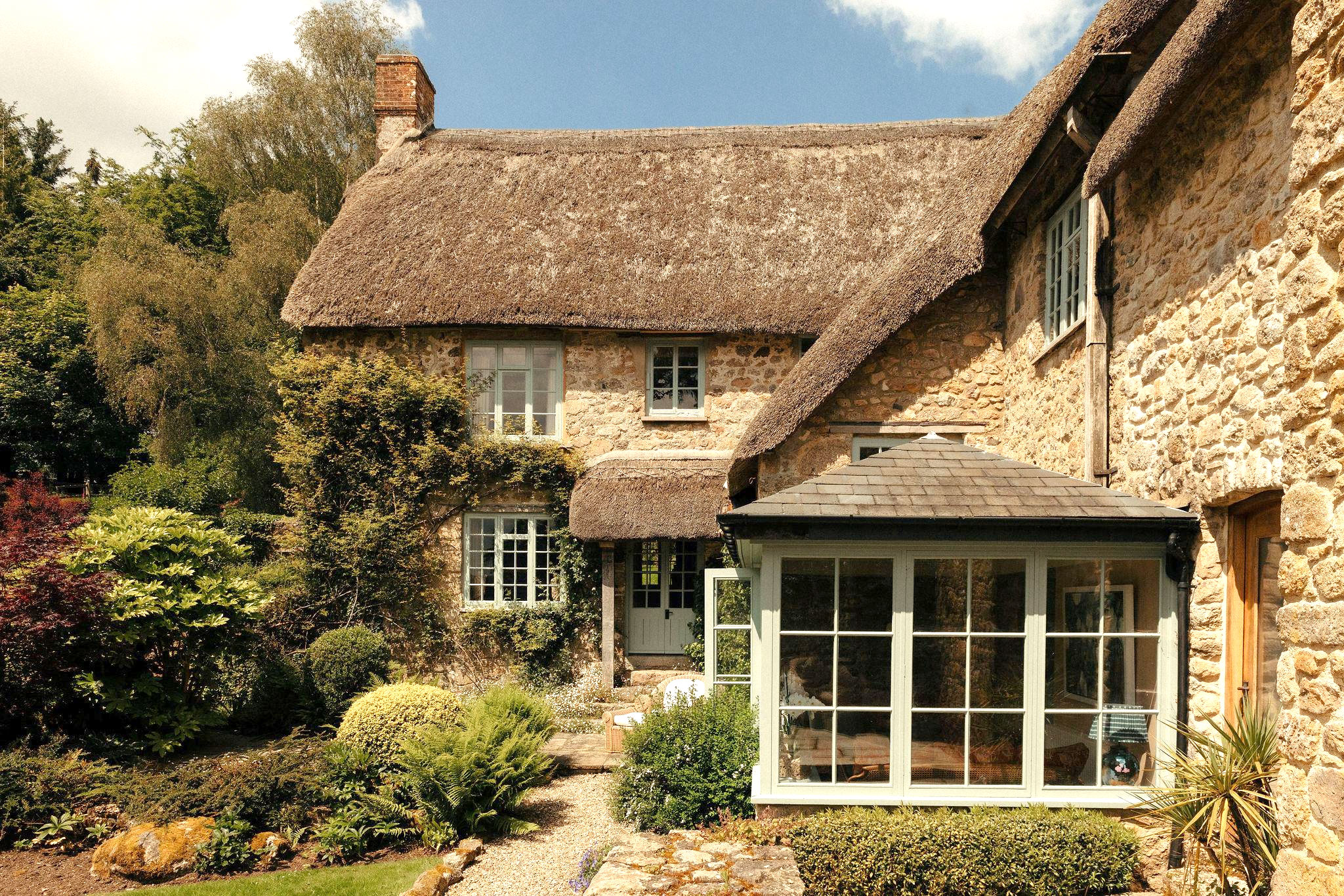 Five beautiful homes, from a barn conversion to an island treasure, as seen in Country Life
Five beautiful homes, from a barn conversion to an island treasure, as seen in Country LifeOur pick of the best homes to come to the market via Country Life in recent days include a wonderful thatched home in Devon and a charming red-brick house with gardens that run down to the water's edge.
By Toby Keel Published
-
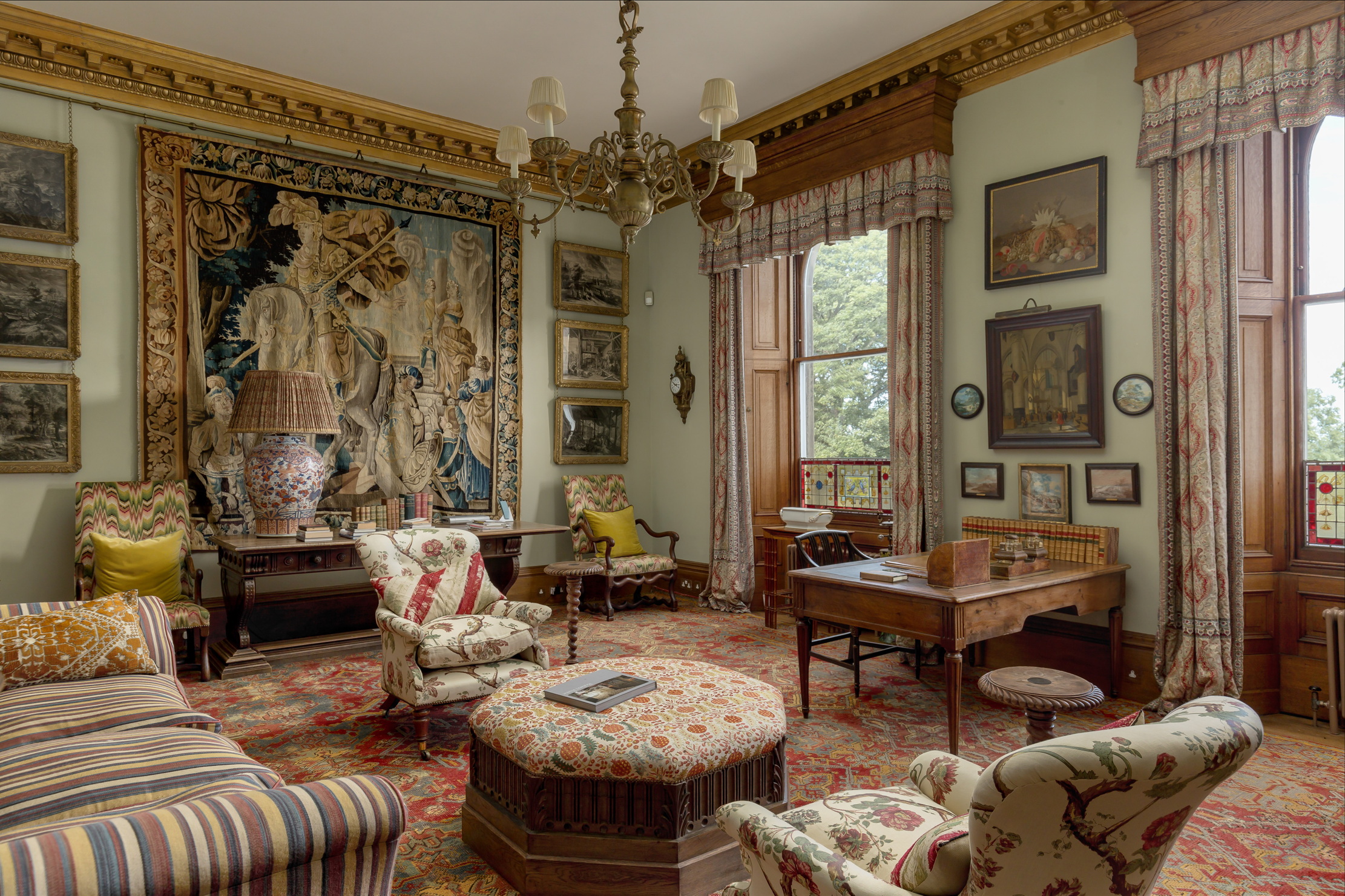 The finest interiors in Edinburgh? A seven-bedroom townhouse furnished by Robert Kime comes to market
The finest interiors in Edinburgh? A seven-bedroom townhouse furnished by Robert Kime comes to marketSituated on one of the New Town's grandest terraces, this four-storey property is a collector's dream.
By James Fisher Published
